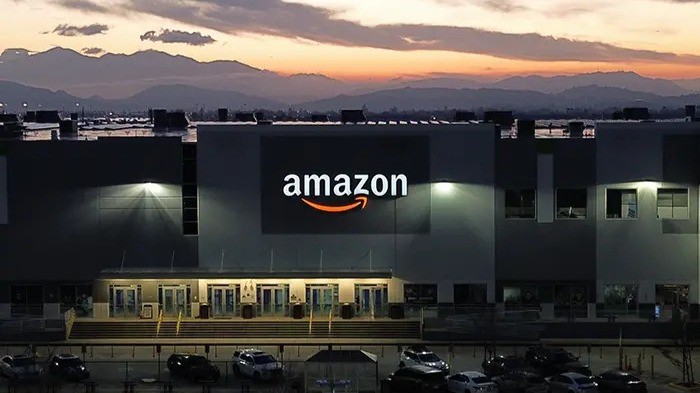Amazon is aggressively pushing forward with the automation of its vast warehouse network, leveraging artificial intelligence and advanced robotics, a move that is intensifying scrutiny on the future of its human workforce.
The e-commerce giant, renowned for its rapid delivery infrastructure, showcased a new generation of high-tech tools in Silicon Valley, asserting that AI is not only driving innovation but also dramatically speeding up its development.
At a conference held within a massive distribution center, Amazon unveiled its “Blue Jay” robotic arms, designed for efficient picking, sorting, and consolidating tasks at individual workstations.
The Blue Jay, currently undergoing testing in South Carolina, follows the earlier introduction of the “Vulcan” robot, which Amazon described as possessing a “sense of touch” for order fulfillment.
Tye Brady, Amazon Robotics chief technologist, credited AI with slashing the design, build, and deployment time for Blue Jay by approximately two-thirds, reducing the cycle to just over a year.
“That’s the power of AI,” Brady stated, adding, “Expect more rapid development cycles like this…we’re on a trajectory to supercharge the scale and impact of innovation with our operations.”
Despite these advancements, the acceleration of robotics and AI in its operations has reignited concerns about job displacement.
Brady sought to allay these fears, emphasizing Amazon’s track record of creating more U.S. jobs than any other company in the past decade.
“To our frontline employees, here’s my message,” Brady remarked. “These systems are not experiments. They’re real tools built for you to make your job safer, smarter and more rewarding.”
However, a recent report by The New York Times painted a different picture, suggesting that robotics could enable Amazon to bypass hiring 160,000 workers within two years, even as its online retail business continues to expand.
This automation could significantly reduce the need for new hires, particularly temporary staff essential for peak holiday shopping seasons.
Beyond the robotic hardware, Amazon also demonstrated an AI agent designed to optimize the management of both robots and human warehouse teams.
The company’s technological reach extends beyond distribution centers, with demonstrations of camera-equipped smart glasses providing navigation and delivery instructions to drivers.
As Amazon continues to integrate AI and robotics deeper into its operational fabric, the balancing act between technological advancement and its impact on human employment remains a critical point of discussion.

